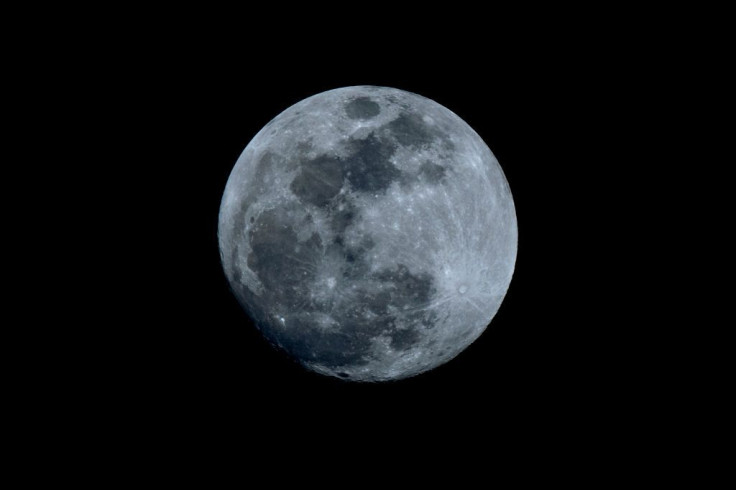Astronauts Could Live In Tunnels On The Moon, NASA Scientist Claims

A scientist from NASA claimed that astronauts can live inside tunnels found beneath the Moon’s surface, allowing them to stay protected from lunar temperatures and solar radiation.
In a Twitter post a few days ago, President Donald Trump announced that under his administration, NASA is going to be great again. He said he wants NASA to send astronauts to the Moon and then to Mars.
This budget, according to Space.com, is meant to help NASA send a manned mission to the lunar south pole in 2024. This mission, according to agency chief Jim Bridenstine, will be called “Artemis.” He said the plan to bring astronauts to the Moon to establish a long-term, sustainable human presence is a very costly undertaking.
Aside frome being costly, establishing a place on the Moon that’s relatively safe for humans will be a difficult thing to do. A NASA scientist, however, thinks that it can be done.
Tunnels
In a recent Reddit AMA, netizens were asking NASA officials various questions about space travel, funding, and more importantly, the Moon as a place where humans can live. One certain redditor asked postdoctoral lunar scientist Dr. Daniel Moriarty about the things astronauts should do on the Moon’s surface to prepare it for humans.
Moriarty explained that it makes more sense to take advantage of the “structures and resources that are already there” instead of doing something on the Moon’s surface. He then gave two examples of this.
He said it would be practical to establish a base in “permanently-shadowed polar regions” as these astronauts can take advantage of the surface water found in such areas.
He also said astronauts can “set up shop within a pre-existing lava tube.” These tubes are tunnel-like structures that are left after surface lava hardens and the remaining lava flow out, the Evening Standard reported.
Dr. Moriarty said these tunnels might be able to provide astronauts with necessary protection against lunar temperatures and incoming solar radiation.
Useful
Dr. Moriarty, responding to another question, expressed how Moon missions will help prepare NASA’s astronauts for future Mars missions. He said he imagines a scene where the “Moon functions as a laboratory” where their scientists can test new spacesuits and structures in dusty, low-gravity environments.

© Copyright IBTimes 2025. All rights reserved.





















